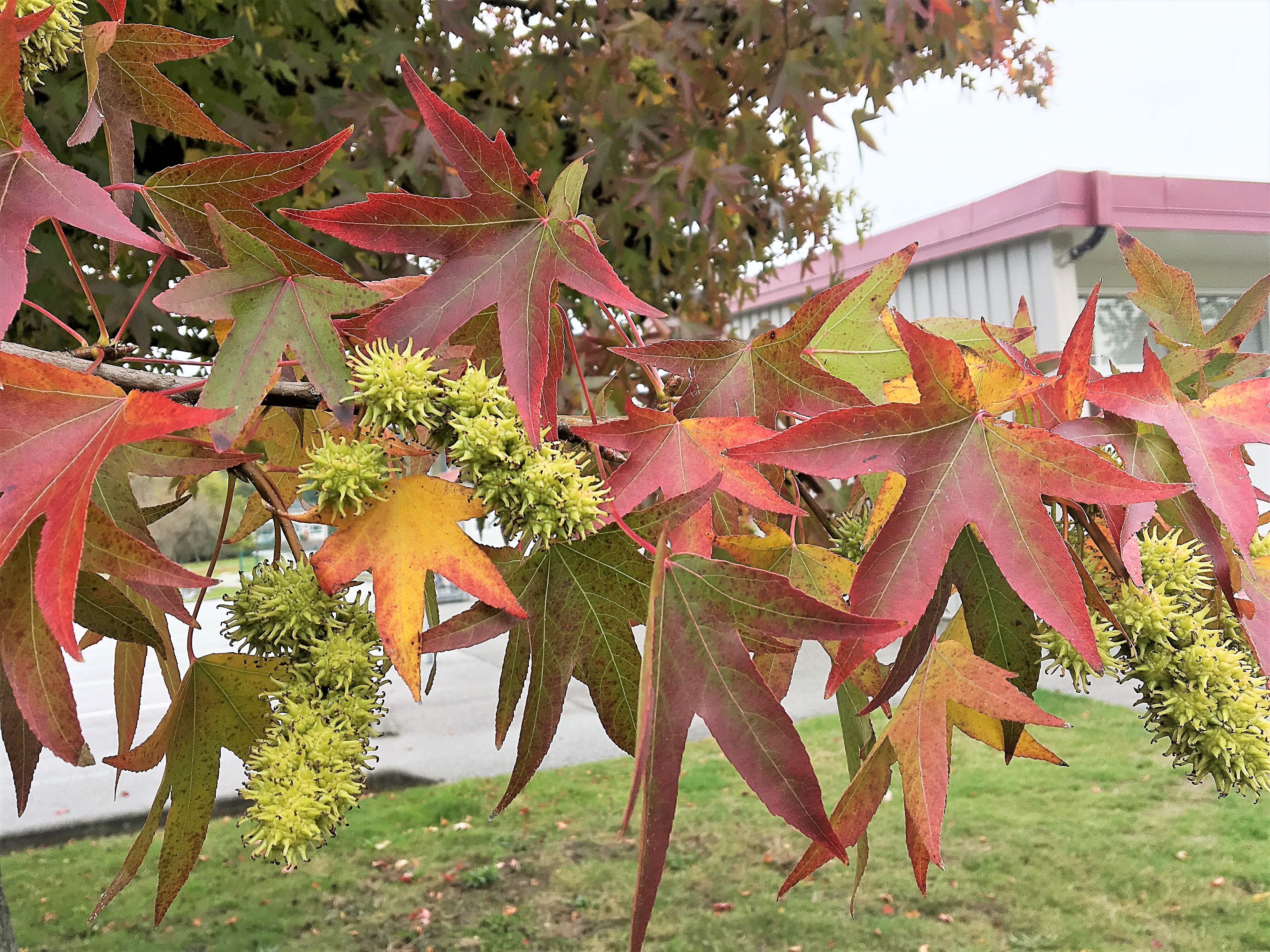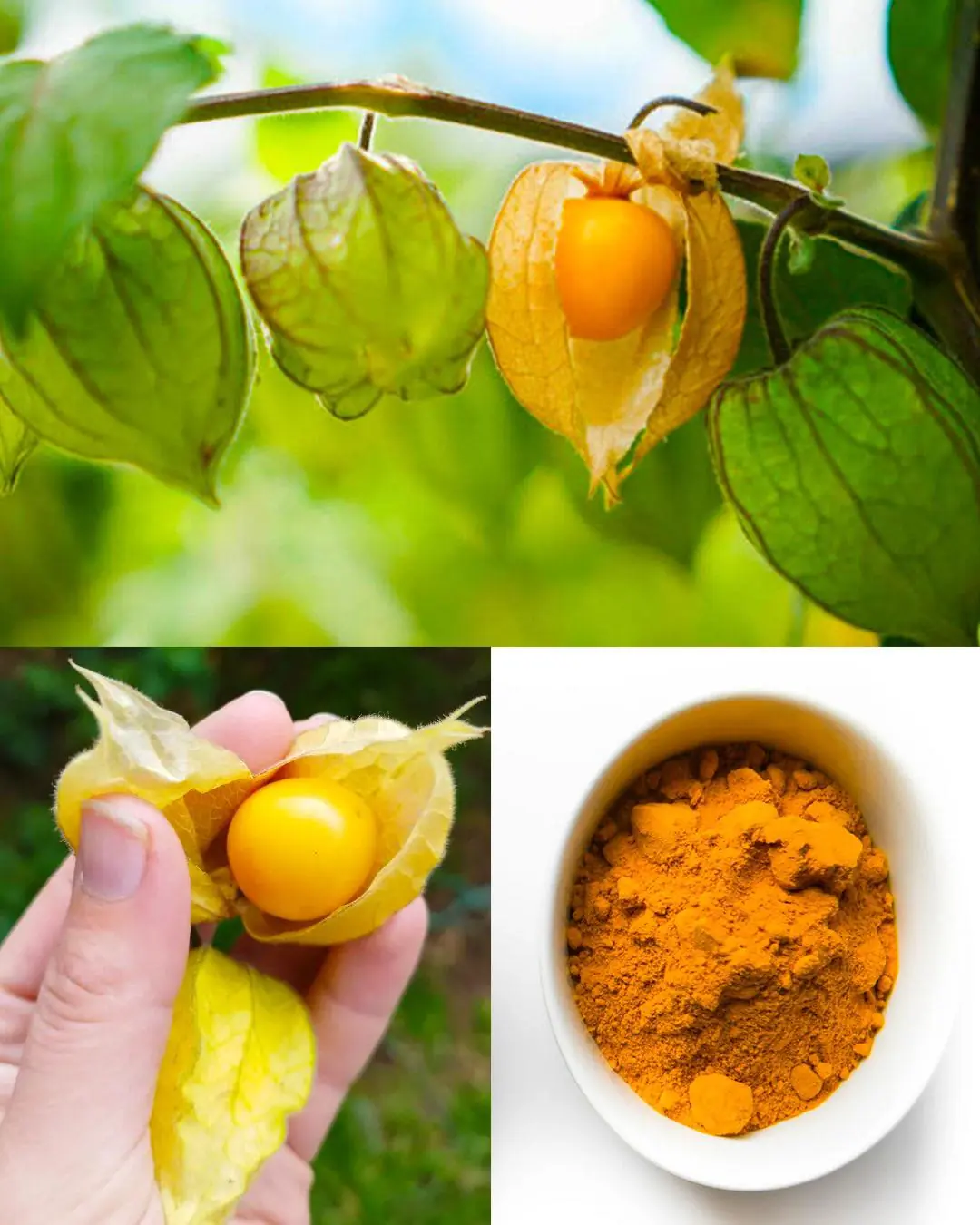
American Sweetgum (Liquidambar styraciflua): The Forgotten Healing Tree
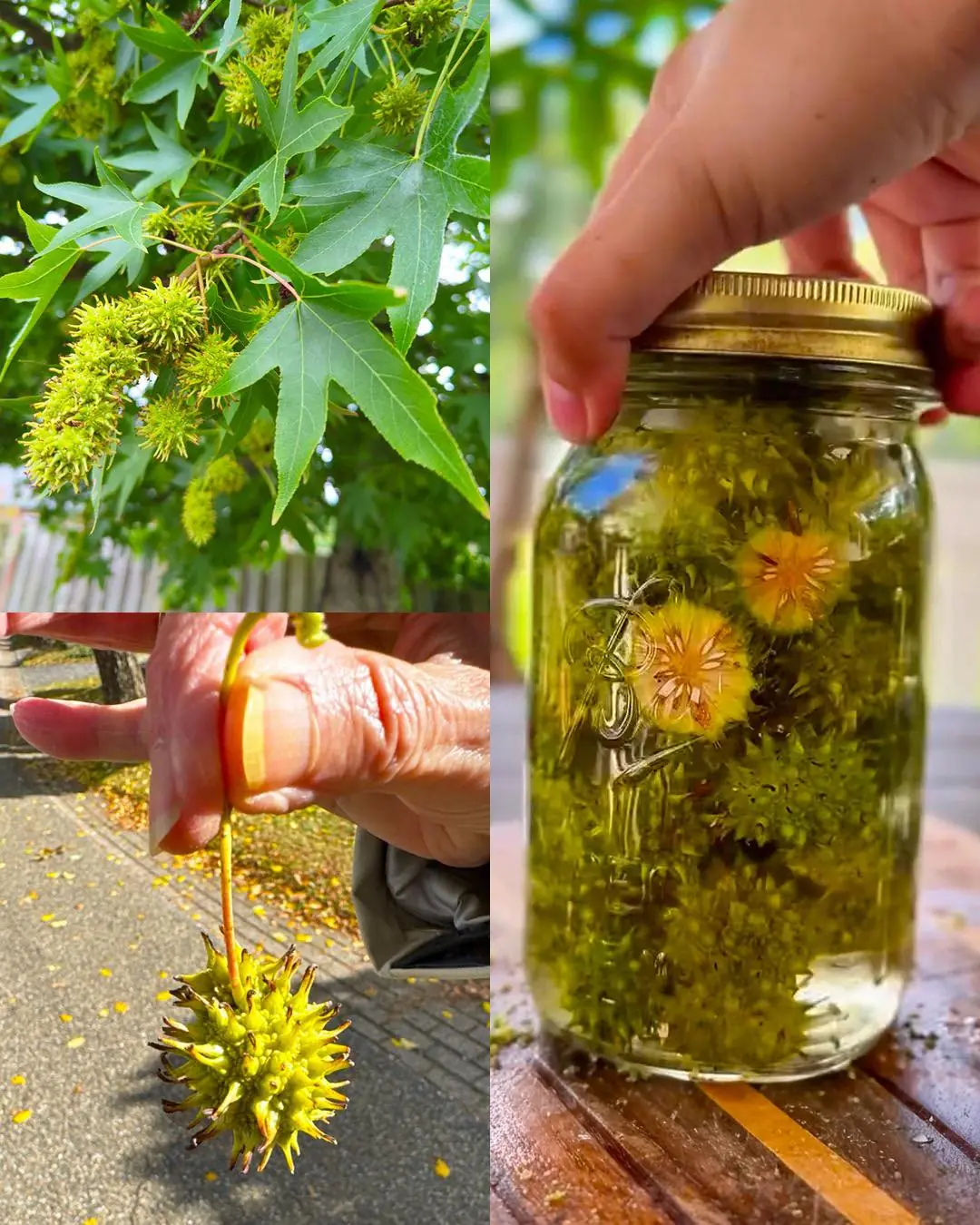
It’s hard to imagine that the same tree decorating suburban streets with vibrant fall colors once played a role in ancient medicine. Yet the American sweetgum - known scientifically as Liquidambar styraciflua - was once one of North America’s most valued natural remedies.
Its amber-colored resin, aromatic bark, and star-shaped leaves carry a history of healing that stretches from Indigenous traditions to early American apothecaries. But over time, its medicinal legacy faded from memory, replaced by its ornamental reputation.
Today, as scientists rediscover the powerful compounds within this remarkable tree, the American sweetgum is finally reclaiming its title as the “Forgotten Healing Tree.”
What Is the American Sweetgum?
The American sweetgum is a tall, deciduous tree native to the southeastern United States, Mexico, and parts of Central America. It belongs to the Altingiaceae family and can grow over 100 feet tall, with distinctive star-shaped leaves that turn fiery red, gold, and orange in autumn.
Its most recognizable feature, however, is its spiky seed pods - those round, bristly balls that often litter the ground beneath. Inside these pods are seeds and traces of a fragrant resin historically known as storax or liquid amber.
That resin, which gives the tree its scientific name (Liquidambar, meaning “liquid amber”), is what made the sweetgum famous in traditional medicine.
Historical and Indigenous Uses
Before modern pharmaceuticals, the American sweetgum played a crucial role in Indigenous healing systems.
1. Native American Medicine
Tribes across the southeastern United States - including the Cherokee and Choctaw - used different parts of the tree for healing:
-
Resin: Applied to wounds, sores, and insect bites to prevent infection.
-
Bark teas: Used to treat diarrhea, coughs, and fever.
-
Leaf poultices: Placed on the skin to relieve inflammation and rashes.
The Cherokee also used sweetgum resin as a natural chewing gum, not just for pleasure but for oral hygiene and respiratory relief.
2. Spanish and Colonial Use
When Spanish explorers arrived in the Americas, they quickly adopted sweetgum resin. Historical records show that Hernán Cortés sent samples back to Spain as early as the 1500s, describing it as a healing balm used by the Aztecs.
It became known in Europe as “liquid storax” and was sold in apothecaries as a remedy for wounds, coughs, and chest congestion. The resin was even used in perfumes and incense, valued for its rich, balsamic scent.
By the 1800s, sweetgum extracts appeared in American herbal texts as treatments for bronchitis, dysentery, and skin infections.
The Healing Power of Sweetgum Resin
The golden resin that seeps from the tree’s bark is more than just fragrant - it’s medicinally potent.
1. Natural Antimicrobial
The resin contains cinnamic acid, coumarin, eugenol, and benzaldehyde compounds known for their antibacterial and antifungal activity. These properties made sweetgum resin an early treatment for wounds, ulcers, and sore throats.
2. Anti-Inflammatory Properties
Studies show that sweetgum resin helps reduce inflammation and swelling, similar to how willow bark was used before the discovery of aspirin. It was traditionally applied as a balm or poultice to relieve sore muscles and joints.
3. Respiratory Relief
When boiled in water or chewed as gum, sweetgum resin releases volatile oils that help clear the airways. Early healers used it as a natural expectorant to loosen phlegm and ease coughing, especially in cases of bronchitis or influenza.
Modern Science Catches Up
For centuries, sweetgum’s healing reputation was based on folk tradition - but modern chemistry has validated what ancient healers already knew.
1. Source of Shikimic Acid
In 2005, during the global flu outbreak, researchers discovered that the sweetgum tree’s seed pods contain shikimic acid, a key ingredient used to produce oseltamivir (Tamiflu) - one of the most effective antiviral medications for influenza.
While most of the world’s commercial shikimic acid supply comes from star anise, sweetgum trees were found to be a sustainable, local alternative.
2. Antiviral Compounds
Scientific studies published in journals like Phytotherapy Research have shown that extracts from Liquidambar styraciflua inhibit certain RNA viruses, including strains of influenza and herpes simplex.
This has sparked renewed interest in developing natural antivirals based on sweetgum resin.
3. Antioxidant and Cytoprotective Effects
Research indicates that the flavonoids and polyphenols in sweetgum bark and leaves possess antioxidant properties, helping neutralize free radicals and protect cells from oxidative stress - a major contributor to aging and chronic disease.
Traditional Remedies Revived
As people turn back to herbal and sustainable medicine, many are rediscovering how to use sweetgum safely at home.
Here are a few traditional uses - still relevant today:
1. Sweetgum Resin Balm (for Skin Irritation or Wounds)
Ingredients:
-
1 tablespoon sweetgum resin
-
2 tablespoons olive oil or beeswax
Instructions:
-
Warm the oil gently, add the resin, and stir until dissolved.
-
Strain and cool.
-
Apply to cuts, burns, or insect bites to soothe and disinfect.
2. Sweetgum Tea (for Coughs and Congestion)
Ingredients:
-
1 teaspoon dried sweetgum bark or leaves
-
1 cup hot water
Instructions:
-
Steep for 10 minutes.
-
Strain and sip slowly.
-
Optional: Add honey and lemon for extra flavor and antibacterial power.
(Note: Use small amounts - sweetgum bark can be potent.)
3. Sweetgum Resin Steam Inhalation (for Sinus Relief)
How to use:
-
Add a few drops of resin or bark extract to a bowl of boiling water.
-
Inhale the steam under a towel for 5–7 minutes.
This helps clear nasal congestion and soothe irritated airways.
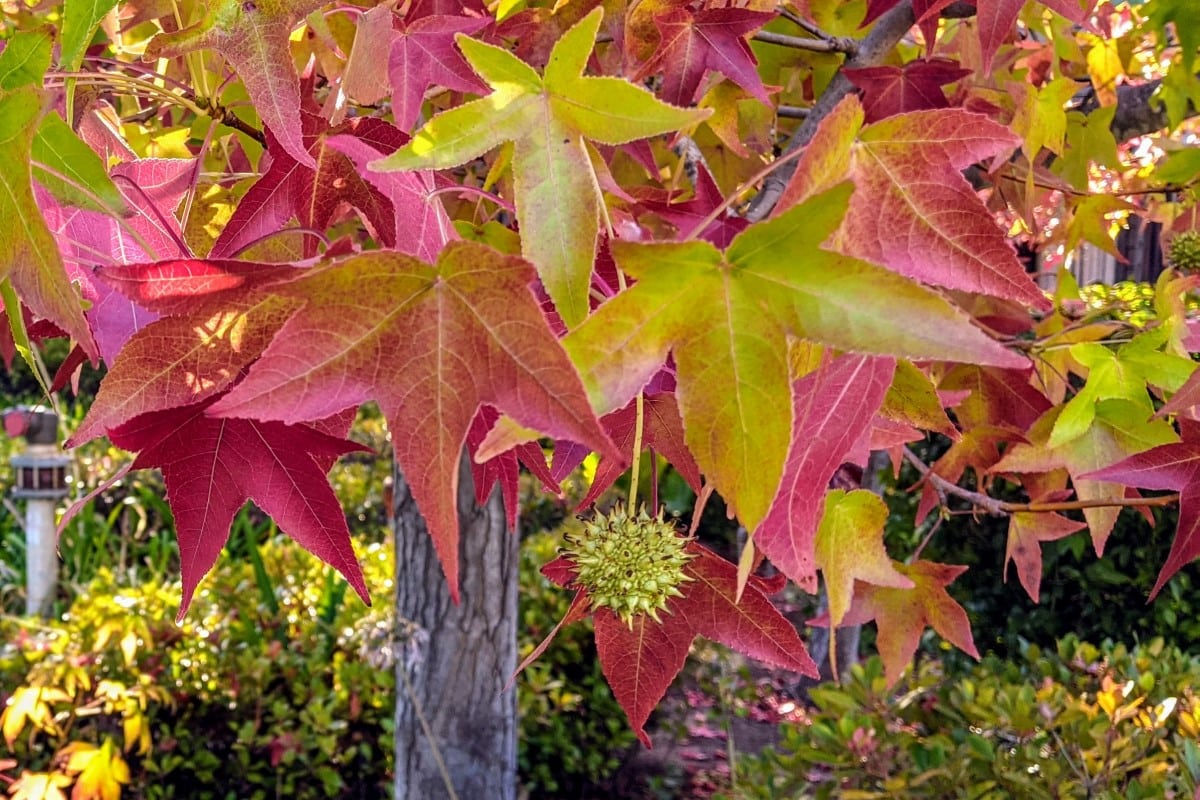
Other Notable Benefits
Beyond its antiviral and antimicrobial power, the sweetgum tree offers a wide range of health applications:
Chemical Composition of Sweetgum Resin
The tree’s healing power lies in its unique chemistry.
Main Active Compounds:
-
Eugenol: Antiseptic and analgesic (also found in cloves).
-
Cinnamic acid: Antimicrobial and anti-inflammatory.
-
Coumarin: Aromatic compound with muscle-relaxing properties.
-
Shikimic acid: Precursor for antiviral drug synthesis.
-
Benzaldehyde: Mild disinfectant and aromatic compound.
These compounds together create a synergistic effect, making sweetgum resin both protective and restorative.
Ecological and Cultural Importance
The American sweetgum is not just medicinal - it’s ecologically significant.
1. Wildlife Value
Its seeds provide food for birds, squirrels, and small mammals, while its canopy offers shelter for pollinators and insects.
2. Aromatic Heritage
The resin’s pleasant scent once made it a prized ingredient in ancient Egyptian balms and incense, and it continues to be used in modern perfumery under the name “liquidambar.”
3. Cultural Symbolism
In many Native traditions, the sweetgum symbolized healing, resilience, and protection — a tree of balance between body and spirit.
Precautions and Safe Use
While sweetgum is natural, it must be used carefully:
-
Resin: Safe in small topical or oral amounts but should not be consumed in large quantities.
-
Bark tea: Use mild infusions; avoid high doses, which may irritate the stomach.
-
Pregnancy & children: Avoid internal use without medical guidance.
-
Allergies: Those sensitive to balsam or resin products should patch-test before applying.
As with any herbal remedy, consult a qualified healthcare provider before using sweetgum therapeutically.
Modern Rediscovery and Research
In recent years, renewed scientific interest in Liquidambar styraciflua has led to deeper exploration of its potential:
-
Pharmaceuticals: As a sustainable North American source of shikimic acid for antiviral production.
-
Natural cosmetics: Used in balms, soaps, and perfumes for its soothing and aromatic qualities.
-
Herbal medicine: Incorporated in modern herbal formulas for respiratory and immune support.
As researchers uncover new therapeutic compounds within the sweetgum, it’s becoming clear that this “forgotten” tree may play a future role in medicine once again.
The Sweetgum in Modern Holistic Health
Today, herbalists view the American sweetgum as a bridge between ancient wisdom and modern science. It embodies what many people seek in natural health:
-
A local, sustainable source of medicine.
-
Scientifically supported healing compounds.
-
Holistic benefits for body, mind, and environment.
Its resilience - thriving in diverse soils and climates - mirrors the balance it brings to human health: grounding, cleansing, and restorative.
Final Thoughts: The Legacy of a Forgotten Healer
The American sweetgum is more than a beautiful autumn tree - it’s a living pharmacy, deeply rooted in North American history.
From Indigenous medicine to antiviral research, its story reminds us that nature’s cures often stand quietly beside us, waiting to be rediscovered.
Perhaps it’s time we bring the “Forgotten Healing Tree” back into awareness - not only for its medicinal gifts but for what it represents:
a reconnection to nature, tradition, and the timeless wisdom of plants.
News in the same category


You’ve probably heard of cloves but you never knew the power of clove water

4 Places You Should Never Keep Your Mobile Phone — It Can Seriously Harm Your Health
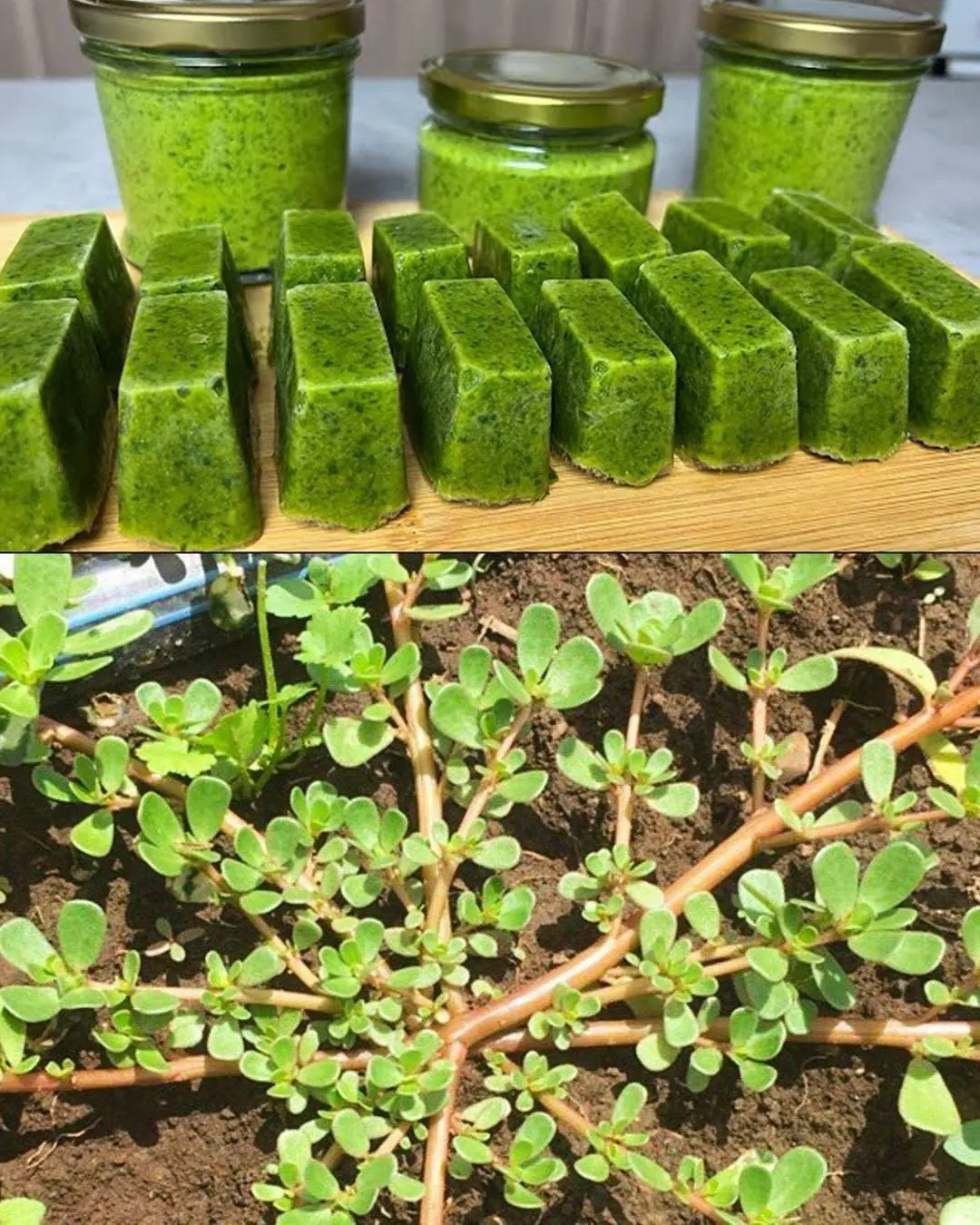
11 Little-Known Secrets of Purslane: A Wonder Plant in Disguise

If you see this phenomenon in your feet, go see a doctor for diabetes.
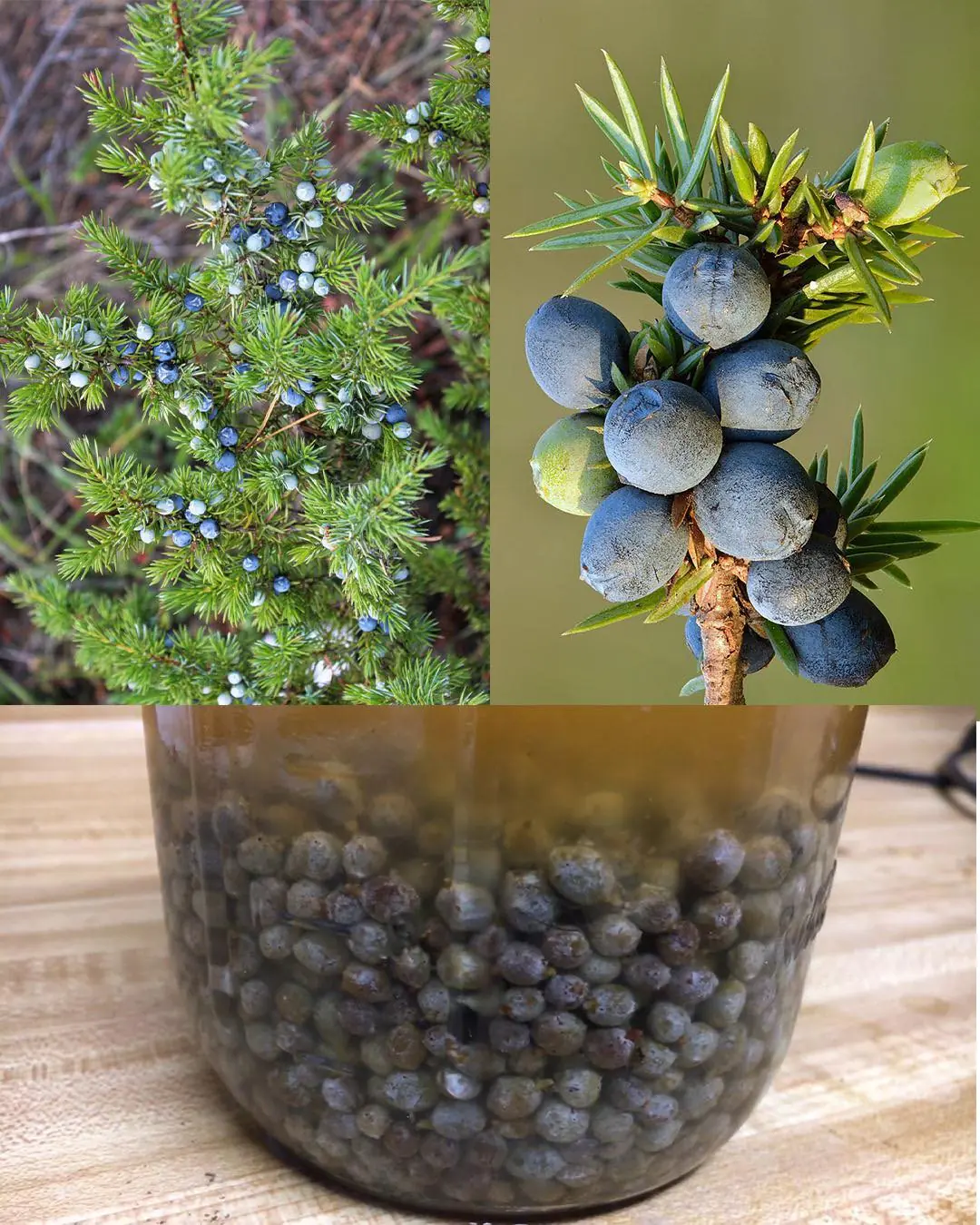
Juniper: 20 remarkable benefits and how to use it

4 Health Problems Your Feet Could Be Telling You Through Sock Marks

A 52-Year-Old Woman Di.ed from a Stro.ke: Middle-Aged People, Stop Doing These 7 Things
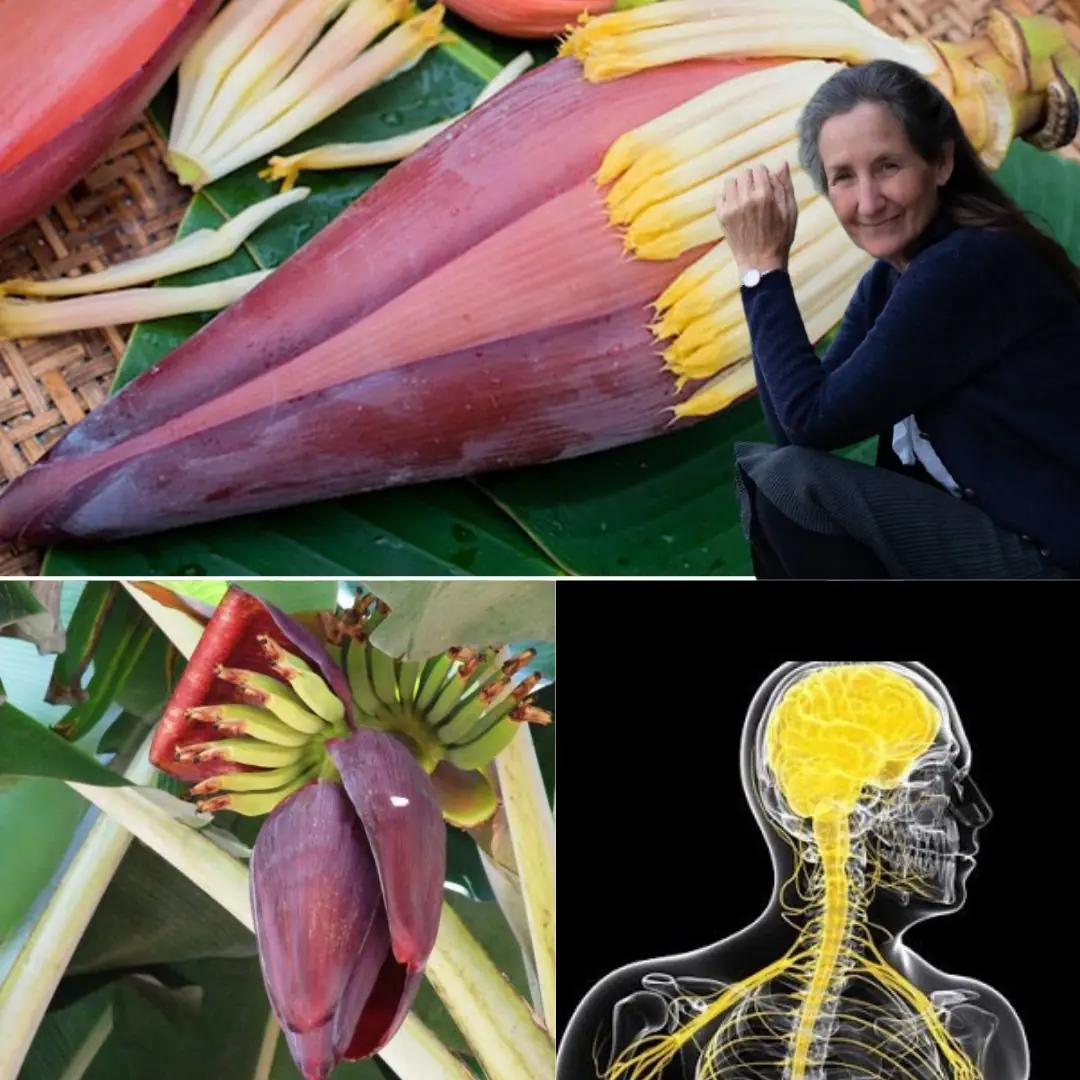
Banana Flower Superfood: Juice, Recipes & Powerful Health Benefits You Didn't Know About

Eating garlic is very good, but for these 4 groups of people, don't touch it

Gallstones are a common disease, affecting 8-10% of the population. Here are the symptoms and treatments

Important News for Everyone Who Loves a Daytime Nap

A 62-Year-Old Man Developed Col.on Can.cer Due to 3 “Har.mless” Daily Habits That Many People Have

Preventing Stroke At Any Age: 3 “Don’ts” After Meals—And 4 “Don’ts” Before Bed

Stop using these bottles and containers for food storage

10 Foods You Should Never Eat on an Empty Stomach

4 Types of Itching That May Signal Can.cer Cells Are “Eating Away” at the Body

25-Year-Old Groom Dies from Acute Liver Failure After Eating Chicken

4 types of people who should avoid eating cabbage
News Post

Goldenberry power: 20 benefits of Physalis peruviana and how to use it at home

You’ve probably heard of cloves but you never knew the power of clove water

4 Places You Should Never Keep Your Mobile Phone — It Can Seriously Harm Your Health

I Adopted a Baby Left at the Fire Station – 5 Years Later, a Woman Knocked on My Door & Said, ‘You Have to Give My Child Back’

The Forgotten Birthday: A Father’s Silent Tears

Simple tips to clean yellow sweat stains on white shirts

Beware of Diabetes If You Frequently Experience These 5 Strange Symptoms

Eat 6 things to help women detoxify their ovaries and prevent gynecological diseases

4 Power-Hungry ‘Electricity Monsters’ in Your Home—Most People Are Shocked by How True This Is

All sm.art people do that

When bitten by a snake, you should do these things first

11 Little-Known Secrets of Purslane: A Wonder Plant in Disguise

If you see this phenomenon in your feet, go see a doctor for diabetes.

Why You Might Feel a Light Electric Sho.ck When You Touch Someone

'You're Nothing but a Parasite': My Husband Demanded I Get a Job & Care for 3 Kids – Until I Turned the Tables on Him

I Paid for a Homeless Man's Groceries – The Next Day, He Greeted Me as a CEO at My Job Interview

My Birth Family Contacted Me After 31 Years with an Outrageous Request — Am I Wrong for How I Reacted?

Doctor’s Warning: 3 Foods You Should Never Eat Within 3 Hours Before Bed

